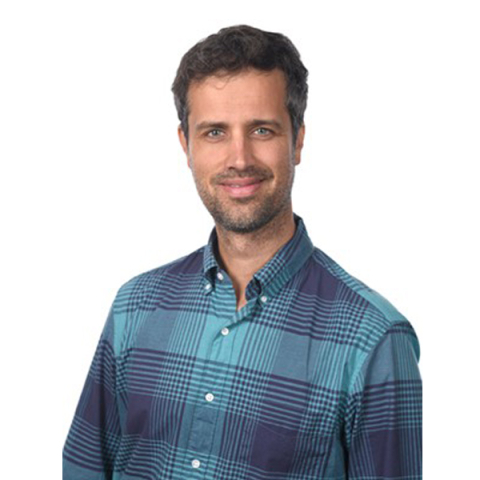
University of California, Irvine’s Eric Potma has developed a method and device for observing electrons on the femtosecond time scale.
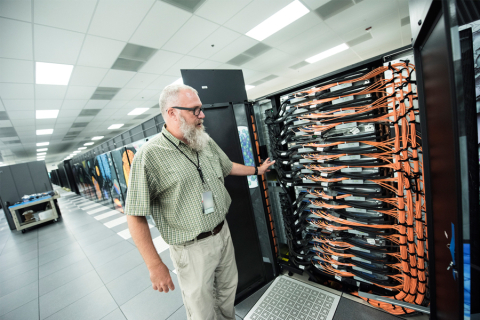
Michael E. Papka, director of the Argonne Leadership Computing Facility.
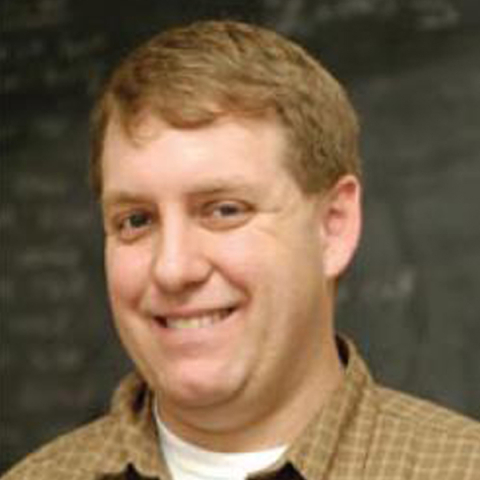
VanReken’s Early Career Award allowed him to study how plants under stress release chemicals that can have an impact on how the atmosphere behaves.
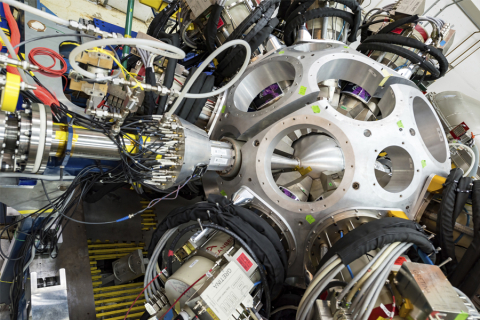
Researchers are working to understand the formation of elements heavier than iron.
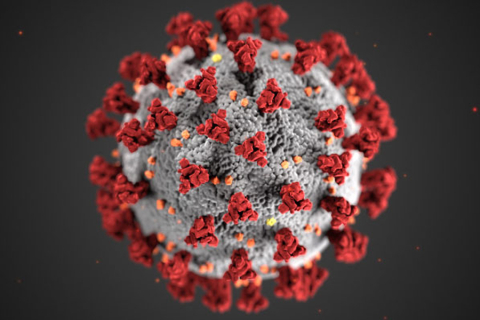
DOE is collaborating with the scientific community to tackle this public health emergency.
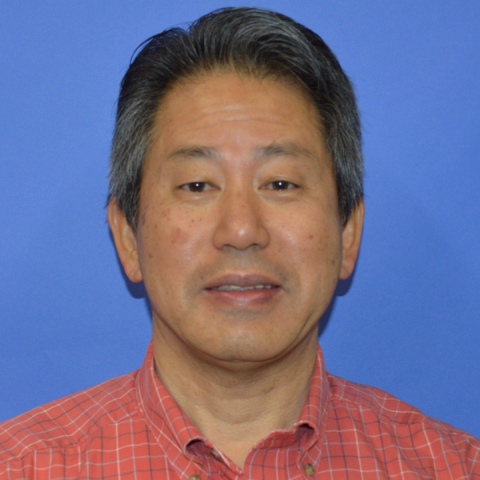
Tsuyoshi Tajima at Los Alamos National Lab is investigating the promising potential of MgB2 to coat particle accelerator components.
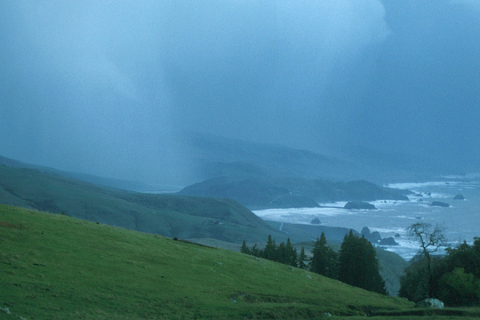
Atmospheric rivers have a huge impact on the West Coast’s climate, so scientists are collaborating to understand their patterns.
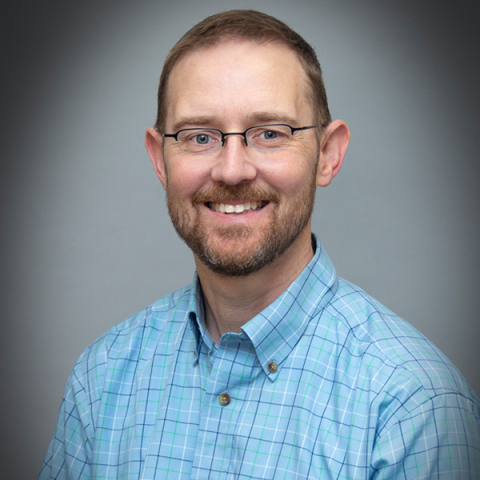
John Kitchin’s Early Career Award made possible research that identified a cheap and efficient material for splitting water into oxygen and hydrogen.
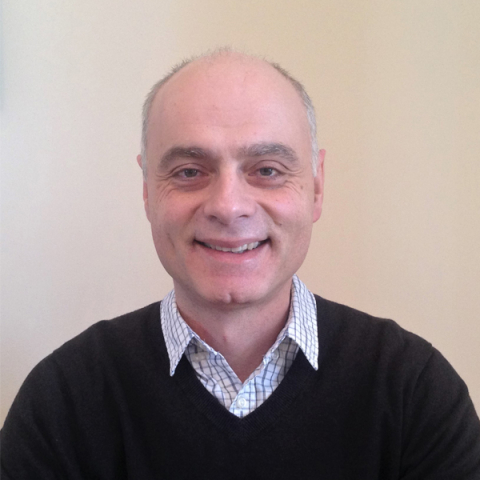
Stanislav Boldyrev studies magnetized-plasma turbulence, analyzing lengths from a few centimeters in the lab to thousands of light years in astronomy.
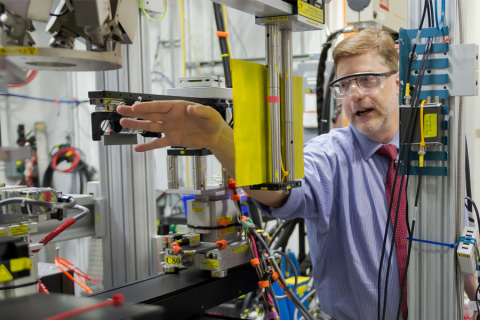
Director Stephen Streiffer leads the Advanced Photon Source user facility in daily operations and preparations for future upgrades.

